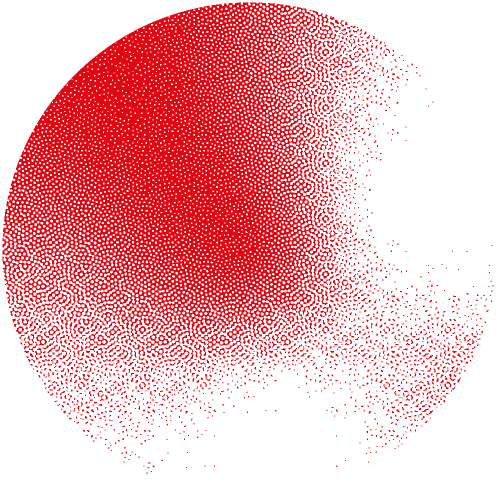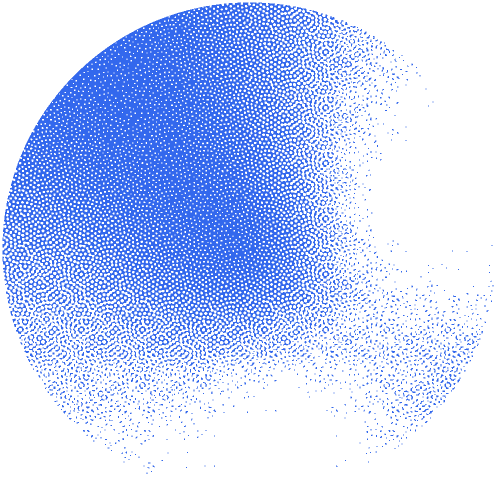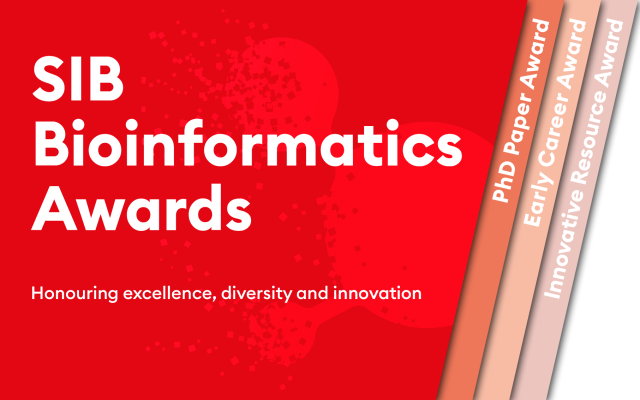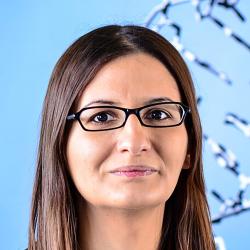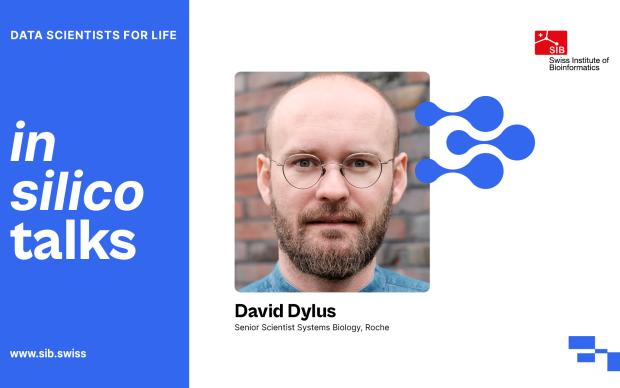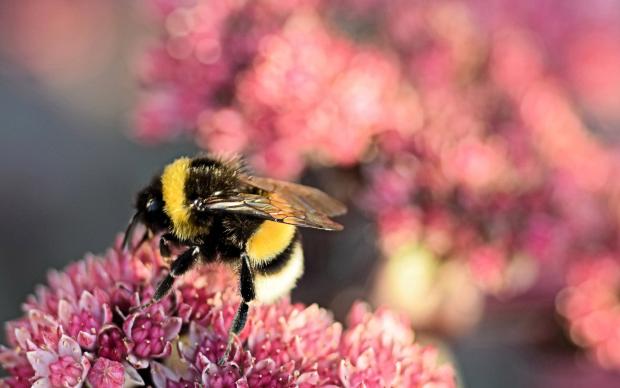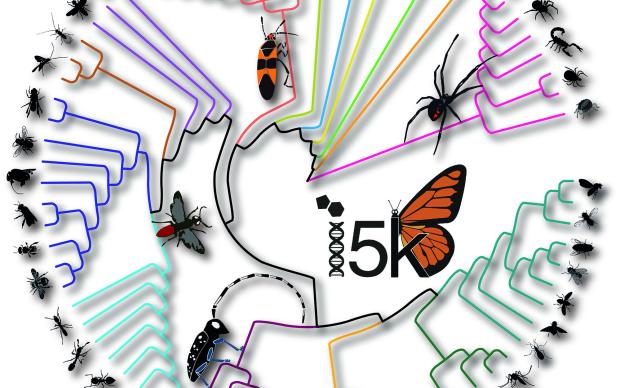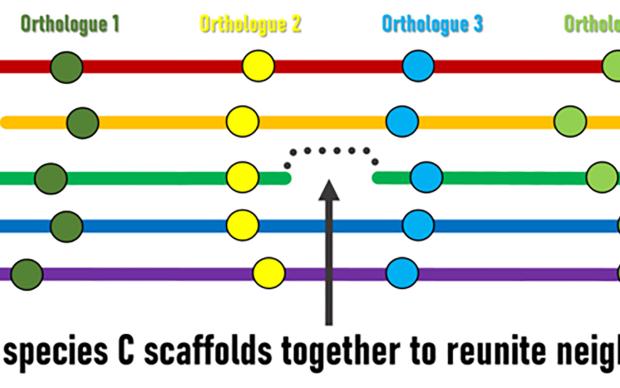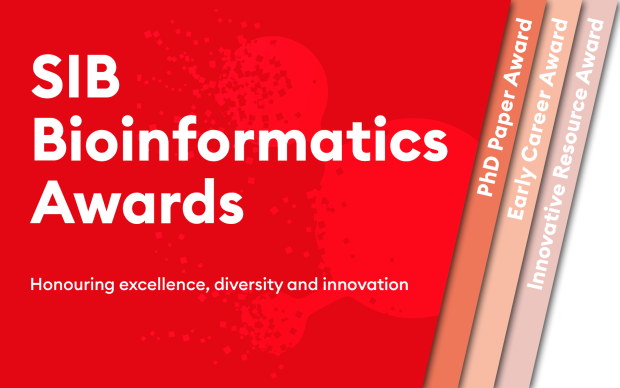Slavica Dimitrieva – Laureate of the 2013 SIB Best Swiss Bioinformatics Graduate Paper Award
Slavica received the award for her paper entitled “Genomic context analysis reveals dense interaction network between vertebrate ultra-conserved non-coding elements”, which was part of Slavica’s doctoral work conducted in the team of SIB Group Leader Philipp Bucher at the EPFL, Lausanne.
After a short postdoc at the Imperial College London, Slavica returned to Switzerland and worked for several years as Bioinformatician at the Functional Genomics Center Zurich led by SIB Group Leader Hubert Rehrauer. Recently, Slavica started working at the Novartis Institutes of Biomedical Research (NIBR) as an Investigator in the Oncology Bioinformatics team. Read our interview to learn more about her research interests!
About the SIB Bioinformatics Awards and our interview series “Meet the past SIB Awards Laureates”
Started in 2008 as an initiative to distinguish young bioinformaticians in Switzerland, the SIB Bioinformatics Awards have gone a long way since: from a single national award to three different prizes today, honouring 1) international early career bioinformaticians (SIB Early Career Bioinformatician Award), 2) excellency within the Swiss PhD community (SIB Best Swiss Bioinformatics Graduate Paper Award) and 3) innovative bioinformatics resources (SIB Bioinformatics Resource Innovation Award). Throughout the years, 21 awards have been presented, with nine laureates recognized for their outstanding early career, ten Graduate students for their excellent publication and two bioinformatics resources for their innovative aspect.
In 2019, the SIB Bioinformatics Awards will be presented for the 10th time, providing a great occasion to reach out to past laureates and ask them where they are now in their career: this interview is part of a series inviting you to meet past SIB Bioinformatics Awards laureates.
At which point of your career were you when you received the SIB Award? How did it feel? What was the key interest of your research at this time point?
I received the SIB Award in the last year of my PhD studies in Philipp Bucher’s lab and I felt really honoured. At that time, we were studying a special category of genomic elements, termed ultra-conserved non-coding elements (UCNEs). These elements refer to DNA regions that are not translated to proteins, but at the same time share an unexpectedly high degree of conservation between distant species: almost 100% identical between species as distant as human and shark! However, no known molecular mechanism would require such a high degree of conservation.
The work followed up on the striking observation that UCNEs are arranged in clusters around key developmental genes. We asked whether this clustering reflects cooperativity between them or if it is only an indirect consequence of the paramount importance of these genes. We then analysed the fate of these elements in the context of the whole genome duplication event that occurred in the fish lineage. We found that in most cases, after the duplication all elements of a cluster are either jointly retained, or jointly lost in the respective genes, suggesting that these elements truly cooperate with one another. The high cooperativity provided a plausible explanation for their high conservation: these elements could not be changed during evolution, because they have to properly interact with so many partner elements.
What are your current research interests?
At NIBR Oncology, I am currently working on machine learning methods to decipher the basis of cancer progression and resistance to therapies. We are integrating multi-omics and clinical readouts to enable strategies for biomarker discovery, drug target identification and patient stratification.
In your personal opinion, what is the single most fascinating discovery made possible by bioinformatics?
There are so many fascinating discoveries made possible by bioinformatics that it is difficult to name only one. But in my opinion, the assembly of the human genome sequence is one of the major scientific breakthroughs that opened the door for many other important discoveries.
What do you like to do in your free time?
As a mother of two children, my free time mainly revolves around them: playing board games, making puzzles, swimming, bicycle riding etc. Painting is another activity that I particularly enjoy.
Any words for the future generation of bioinformaticians?
Bioinformatics as a field is developing at a much faster pace than ever before. Anyone who wants to work in this field, must ensure that they are continuously developing and reinforcing their knowledge and skills in order to keep up with the leading-edge technologies. It is also equally important to collaborate with scientists trained in other disciplines, to bridge the knowledge gaps and to advance findings.
